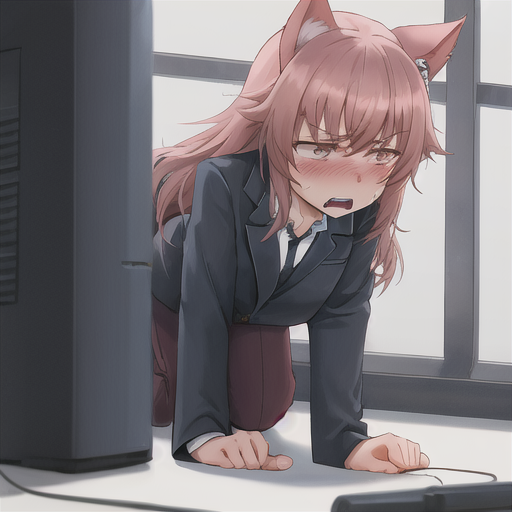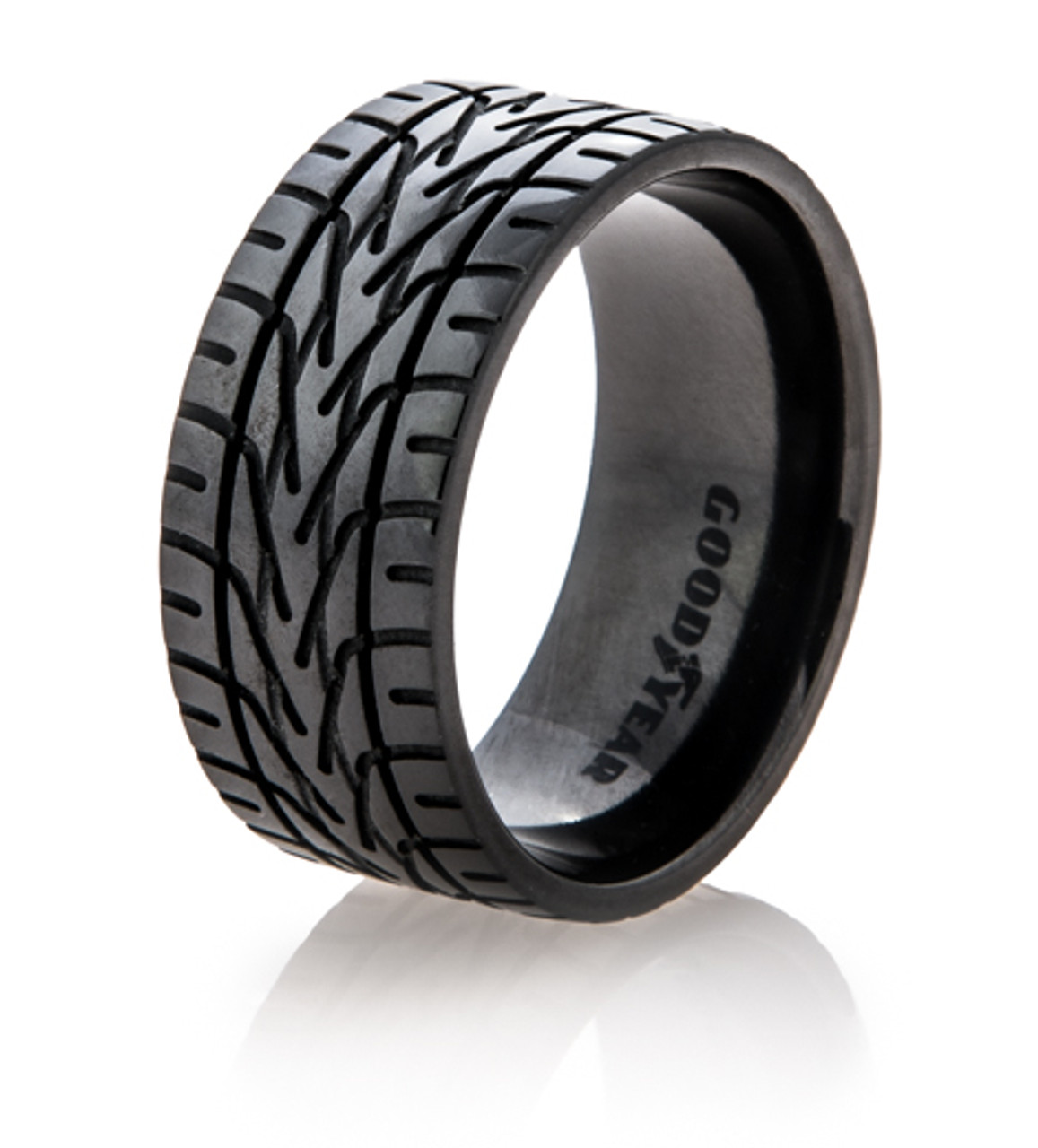I feel like soluble plastic can’t be a good thing actuallyEdit: the plastic chemically decomposes in water, it does not dissolve
Looks like it’s not an issue fortunately.
Aida said the new material is as strong as petroleum-based plastics but breaks down into its original components when exposed to salt. Those components can then be further processed by naturally occurring bacteria, thereby avoiding generating microplastics that can harm aquatic life and enter the food chain.
Yeah I reacted to the title and then read the article and edited lol
Given the username, the immediate emotional reaction when expecting damage to ocean life is understandable
Unironically, I am passionate about marine environmentalism lol
Same here buddy! I try to limit plastic use as much as possible, or reuse any plastic items I already have as much as I can to reduce consumption
So using this for frozen foods, or takeaway containers isn’t advised. Those are basically all sodium.
The perfect material for Tesla’s new cyberboat
I have a name for that boat: Cybersunk
Thats very fitting, I would also accept CyberD (cyber dissolved)
I think that’s a mod for CP2077…
Is that shorthand for the amount of Petabyte of illegal stuff Leon the rat has at home?
It is also a short for cyberDick, in honor of their CEO.
Perfect since he’s being invited to Russia now. They can share their know-how of sinking ships.
It dissolves…but into what? Sounds like a recipe for a petroleum salt water mix that’s probably just as toxic as melted plastic, unless all the petroleum is removed.
It doesn’t seem to be based on petroleum, since they’re explicitly comparing it to petroleum-based plastics…
There also are other non-petroleum based plastics that dissolve in water. This part is not new. E.g. polyvinyl alcohol is used widely.
What’s new about this one is that it specifically needs salt to dissolve and they claim it’s otherwise relatively sturdy. So maybe it could be used instead of pet bottles for drinks? Or maybe they’re not quite there yet but it’s a new step in that direction…
There’s a lot of sodium in most fizzy drinks, wonder if that rules them out for this. Or does it have to be sodium chloride specifically?
Without checking out the details, I can say with fairly high confidence that a material that will be degraded by a sodium chloride solution will most likely also be degraded by other electrolytes as well.
However, the electrolyte-concentration in drinks is much, much lower than that in seawater. And if it can’t be used for electrolyte-containing drinks, it could be used for water bottles.
Maybe we could use this stuff for umbrellas too? My major concern is what this new material is broken down into.
Maybe we could use this stuff for umbrellas too?
Not in the winter, lol.
For anyone wondering about where, just as an example, polyvinyl is: Polyvinyl acetate (i.e. PVA) is the stuff that wood glue is typically made out of. It’s also the binder used for those bird seed bells.
…It does indeed dissolve in the water. In the rain, certainly, which any owner of a bird seed bell could tell you.
Instant micro plastics: just add seawater!
It’s a bit of a stretch calling it a plastic, as it’s not petroleum based from what I’ve read.
Is that necessary for plastic? The name comes from the Greek for “to mould”. For me, anything that makes long chain mouldable polymers is a plastic. Milk makes Casein or Galalith plastic, PLA is commonly made of corn. There’s a ton of bamboo fabrics that are essentially nylon made from cellulose.
This sounds borderline miraculous, and I have a feeling there’s bound to be a catch. I hope not, but I’m just too cynical.
The catch is that it’s useless in most plastics applications, where you really don’t want it to dissolve easily. Probably more catches, but that’s the one I see right away.
Also probably gonna turn out it dissolves into smaller plastics, perfectly sized for penetrating the blood-brain-barrier.
Edit: I get it, no new technology has ever had issues with safety and efficacy uncovered after entering mass production and being discarded with reckless abandon in our environment
I apologize to the articles authors for my cynicism, it is clear from the article that nothing bad could possibly come from allowing this new plastic to dissolve in our oceans. It is nice to see plastic pollution has been definitively solved for the rest of time and we no longer have to worry about it.
Did you guys even read the article?
If you read the article, you’ll find that they claim it’s broken down into something which is processed by naturally occurring bacteria. I would have preferred that they linked to an actual research article for details, but this is explicitly not one of these “degradable” plastics that just dissolves into microplastic.
Article says it dissolves into components
It dissolves with salt. Our sweat will melt it
Will that make it easier for our bodies to absorb it?
Ah, of course. Although, they did mention coatings to protect the material, but it does sound like it will be more fragile than existing plastic.
The catch would be the reactor. An EVA type of plastic reactor can output more than 12 tons per hour these days.
It just accelerated the microplastic pipeline.
And are we gonna start using this on a mainstream scale?
I think some of y’all are missing a lot of packaging use cases other than food. But even in the food sector, there are dry things like pasta, beans, and rice that don’t have salt in them. If it really is as strong as a petroleum plastic for these items, it could eliminate tons of micro plastic.
I’ve seen rice sold just in the cardboard box already.
Yes, and flour comes in a paper bag. It doesn’t stop manufacturers from trying to protect their product from incidental moisture contact.
A company who already packs their product in plastic is going to have a much easier time switching to something like this than changing their whole packing line out for box packing machines.
The material can be used like regular plastic when coated,
Coated with what? If you say PFAS, this is worse than microplastics.
What does it dissolve into? 🪿 Wait, what does it dissolve into? 🗣️ 🪿
From the article:
Aida said the new material is as strong as petroleum-based plastics but breaks down into its original components when exposed to salt. Those components can then be further processed by naturally occurring bacteria, thereby avoiding generating microplastics that can harm aquatic life and enter the food chain.
As salt is also present in soil, a piece about five centimetres (two inches) in size disintegrates on land after over 200 hours, he added.
The material can be used like regular plastic when coated, and the team are focusing their current research on the best coating methods, Aida said. The plastic is non-toxic, non-flammable, and does not emit carbon dioxide, he added.
So I think the next thing the goose wants to know is, what’s it being coated with?
Is it made of snails?
(/s, in case anyone wants to take that seriously)
That was my first thought, a tide pod also rapidly dissolves in sea water, we shouldn’t be dumping those in the ocean though.
But then how will we maintain the ocean breeze scent?
The tweenagers hosing on Axe in coastal cities will take care of that I think.
It dissolves into salt water.
Except it doesn’t dissolve, this is not the term they should be using, you can’t just dry out the water and get the plastic back. It breaks down into other things. I’m pretty sure an ocean full of dissolved plastic would be a way worse ecological disaster than the current microplastic problem…
I’ve seen like 3-4 articles about this now and they all use the term dissolve and it’s pissing me off.
Aida said the new material is as strong as petroleum-based plastics but breaks down into its original components when exposed to salt.
If this means that it does not break down when exposed to just water, that’s a pretty big deal. Water solubility has been the major issue making biodegradable plastics useless for food packaging (typically you want to either keep the food wet and water in, or dry and water out - either way water permeability is a problem).
Of course most foods also contain salt, so… I guess that’s why the article talks about coatings. If the material has to be coated to keep it from breaking down too fast, what is the point? either the coating will prevent it from breaking down, or it just moves the problem to the coating not breaking down.
Food is not the only thing that gets packaged. The worst example that comes to my mind is the way they package microSD cards.
Food is a reasonable target for biodegradable packaging because you don’t really expect the food to sit around for more than a year (for long-term food packaging you just wouldn’t use a biodegradable material).
Packaging products that might have a long shelf life is more problematic. If the material breaks down in saltwater then it will start breaking down if someone picks it up with sweaty or recently washed hands.
If the material has to be coated to keep it from breaking down too fast, what is the point?
Presumably you could only coat certain faces of the material (like ones touching food). Or maybe the coating could degrade in another more time-known fashion. So if the coating would be expected to last no more then 3 years then after the plastic could start to degrade.
Does it actually break down? Or does it just melt into a cloud of microplastics?
You see the thing is, the point of plastic is that it doesn’t dissolve easily. I can see this having some niche applications, but this won’t be replacing most plastics any time soon.
To be fair, this was originally the point of plastic. The primary point of plastic today is that it is an extremely cheap material that you can mould into pretty much any shape.
Need a bag to carry stuff? Plastic.
Packaging for toothpicks? Plastic.
Spacers inside an electric circuit? Plastic.
Packaging for clothes? Plastic.
Fake plant? Plastic.
Part of the problem is that we’re using a wonder-material that lasts forever (plastic) for a bunch of mundane shit where we don’t need it, because that wonder-material turns out to be the cheapest material around as well.
Yeah, fair enough. That’s a great point. I will update my opinion of this advancement.
Ah but imagine the eager faces of Logitech’s execs when they realize they could make their mice dissolve under your fingers and offer a subscription for replacements.
Or we can, you know, have waxed paper?
Also, I thought we’ve already mainstreamed starch-based plastics.
Last but not least, we’ve had cellophane pretty much since the industrial revoltion. The current issue has been the productionlike containing toxic materials, but the end product itself is biodegradable. Perhaps we can improve on that.
Nice!
Good, good, there aren’t enough microplastics in the sea, must dissolve more.
They developed plastic that desolves in seawater in hours. Well if it were that easy they should have started developing that a bit sooner and we wouldnt be in this mess.















